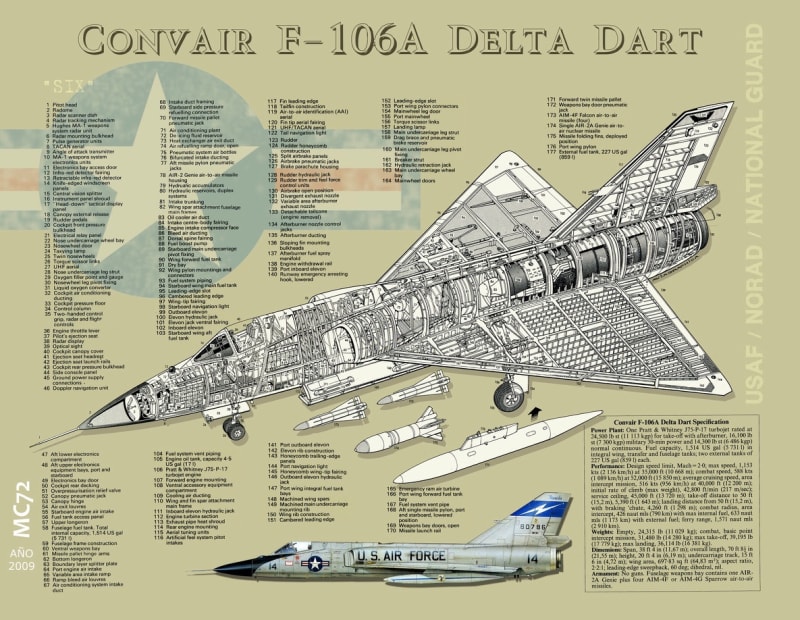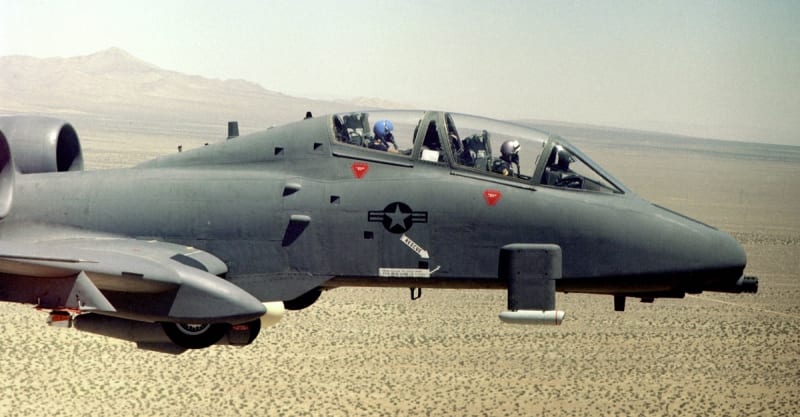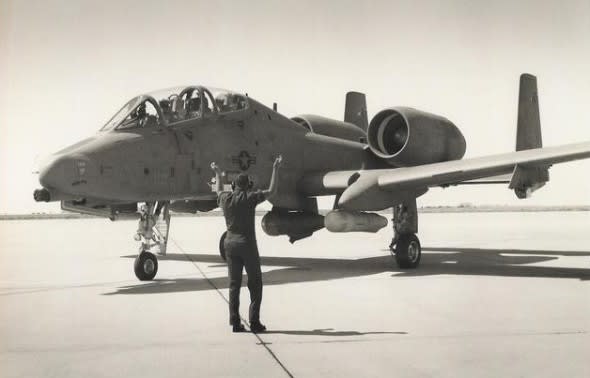I truly believe that the USAF/GD F-106A/B Darts were the equal-to/superior-to the CF-105 Arrow... as an interceptor... at about the very same time.
Discosure... Yes I supported the 106 in the early-to-mid 1980s at Kelly AFB [SA-ALC]. Then it was summarily retired [except for research]. What an elegant design... to be replaced by the MDC F-15s and the GD F-16s...
For this reason the CF-105 was simply 'not good enough'. What really bothers me is how secretive, stealthy and cold the Canadian Govt was in shutting-down the program and destroying the CF-105 assets and technical info. With rare exceptions... little is known to exist of the CF-105.. not even a museum/display aircraft, as I recall.
At least the US places it's 1-2-3-off test aircraft/data in museums and/or on displays. For instance the ONLY YA-10B 2-seater is on display at Edwards AFB... along with the prototype T-46's. Too bad that The USAF decided against any production A-10B Tubs. I was really impressed when I saw the prototype [being modified from an early pre-production flight-test airframe] at Fairchild Republic in the Mid 1980s. At that time it was a 'low-key hush-hush' demo-program primarily funded by FRC.
Regards, Wil Taylor
o Trust - But Verify!
o For those who believe, no proof is required; for those who cannot believe, no proof is possible. [variation, Stuart Chase]
o Unfortunately, in science what You 'believe' is irrelevant. ["Orion", HBA forum]
o Only fools and charlatans know everything and understand everything." -Anton Chekhov




![[sad] [sad] [sad]](/data/assets/smilies/sad.gif)